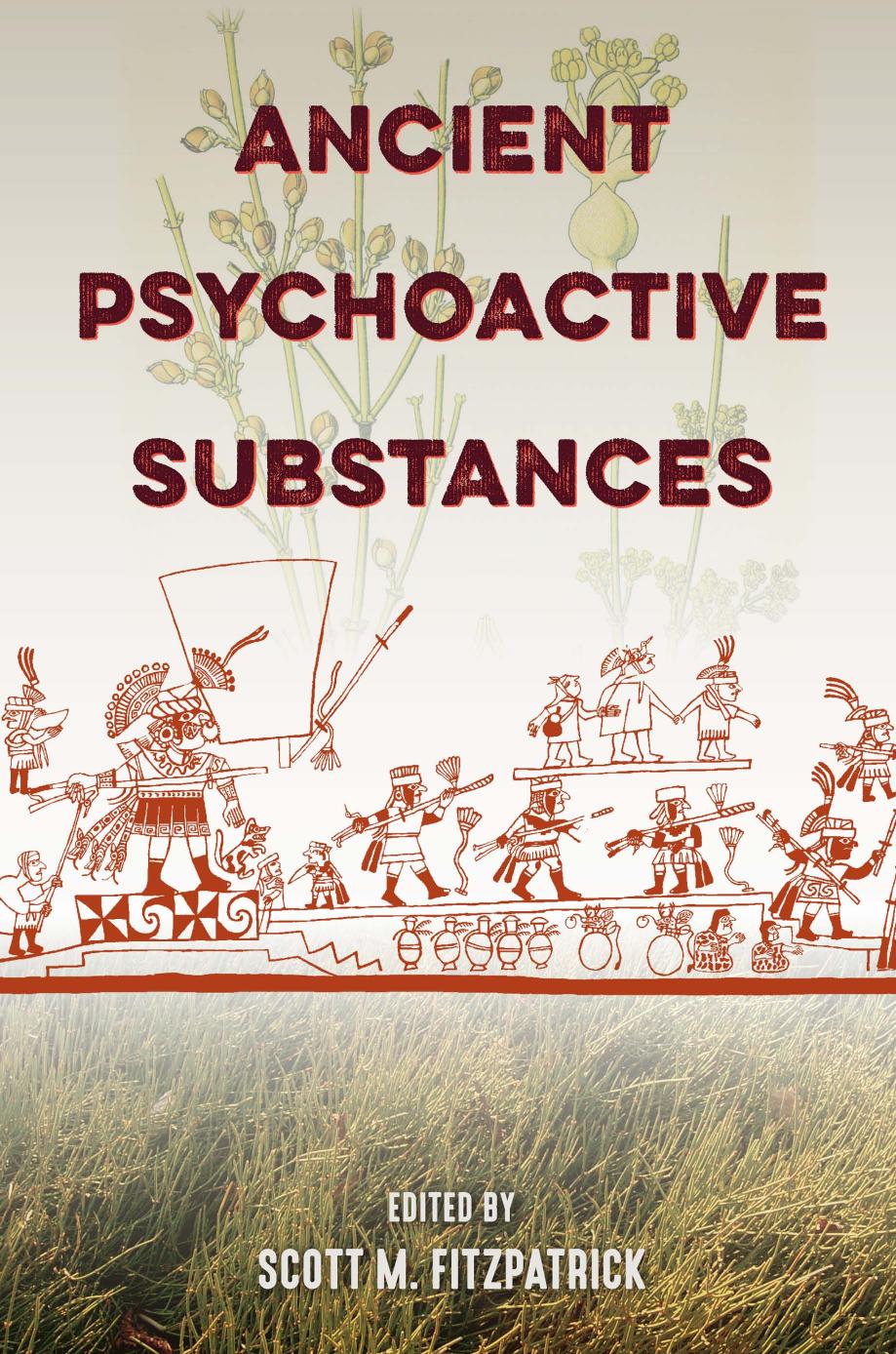Ancient Psychoactive Substances by Scott M. Fitzpatrick

Author:Scott M. Fitzpatrick
Language: eng
Format: epub, pdf
Publisher: University Press of Florida
Published: 2020-02-07T00:00:00+00:00
Figure 6.11. The locations where paraphernalia for ingesting psychoactive substances have been found indicate that some items may be reserved for more-elaborate and strictly ritual settings, while others may have been used in more-residential settings.
In contrast, spatulas, duhos, effigy figures, and inhaling tubes have been found in caves, with duhos being the most numerous type of artifact found in caves, followed by spatulas, effigy figures, and tubes. The cave locus is important in studies of ritual power and power relations over time because caves are liminal places where access to the supernatural is possible, as related in islandersâ mythologies (Arrom 1997: 73; Oliver 1997; Pané 1999: 6). Other important loci (such as those that are water related) are open, public, and therefore more likely to be associated with rituals that confirm community coherence.
Additionally, cachesâa term that implies intentionalityâof artifacts recovered from caves may have particular significance. For example, if one looks at the categories of artifacts recovered from caches within caves (spatulas, duhos, effigy figures, and tubes), one can assume that these artifacts had been deliberately selected to be secreted away, possibly to be placed as offerings and protected or preserved, and that led to their ultimate survival (given that the artifacts recovered from the caches are all made from wood). The context of their recovery, therefore, suggests that ritual significance or special status can be attributed to these objects and, by extension, to those who were empowered to select and secrete them. Their deposition, given the cave locations, also reinforces association with psychoactive substances and liminality. If caches (that include drug-taking paraphernalia) can be seen as offerings or efforts to remove valuable objects from circulation for some purpose related to spiritual or otherworldly power, then they may reflect a context of changing power relations in this world.
It is important to note that no artifacts in this sample were found with burials. But while certain artifacts (such as bowls and dishes, animal remains, and work tools) are found to have been placed in direct association with skeletons, confirming the practice of burial with offerings described at the time of the Spanish conquest, other artifacts have not been chosen to be deposited in this way. Overall, it would seem that the material culture of drug-taking falls into this latter category, because certain of the cohoba-related artifacts have never been recovered from burials. As Bradley (1990: 94) suggests, where certain artifacts are not linked to an individual, they are not likely to be included in the final rites of passage (i.e., the individualâs burial). The absence of cohoba-related paraphernalia in burials, therefore, suggests that the power of these elements of material culture was not generally associated with the power or status of an individual, such that it would accompany him or her in death, but instead, any ascribed power lay through the mediation of the living: the dead person had already entered the other world.
The implications from the foregoing trends in context and locus suggest that ritual objects functioned in multiple contexts.
Download
Ancient Psychoactive Substances by Scott M. Fitzpatrick.pdf
This site does not store any files on its server. We only index and link to content provided by other sites. Please contact the content providers to delete copyright contents if any and email us, we'll remove relevant links or contents immediately.
| Africa | Americas |
| Arctic & Antarctica | Asia |
| Australia & Oceania | Europe |
| Middle East | Russia |
| United States | World |
| Ancient Civilizations | Military |
| Historical Study & Educational Resources |
Machine Learning at Scale with H2O by Gregory Keys | David Whiting(4185)
Never by Ken Follett(3794)
Fairy Tale by Stephen King(3220)
The Man Who Died Twice by Richard Osman(2997)
Oathbringer (The Stormlight Archive, Book 3) by Brandon Sanderson(2888)
Will by Will Smith(2794)
Rationality by Steven Pinker(2291)
The Dark Hours by Michael Connelly(2245)
Can't Hurt Me: Master Your Mind and Defy the Odds - Clean Edition by David Goggins(2228)
The Dawn of Everything: A New History of Humanity by David Graeber & David Wengrow(2122)
Friends, Lovers, and the Big Terrible Thing by Matthew Perry(2119)
Principles for Dealing With the Changing World Order: Why Nations Succeed and Fail by Ray Dalio(1974)
HBR's 10 Must Reads 2022 by Harvard Business Review(1777)
A Short History of War by Jeremy Black(1762)
Go Tell the Bees That I Am Gone by Diana Gabaldon(1687)
515945210 by Unknown(1599)
A Game of Thrones (The Illustrated Edition) by George R. R. Martin(1590)
Kingdom of Ash by Maas Sarah J(1527)
443319537 by Unknown(1470)
